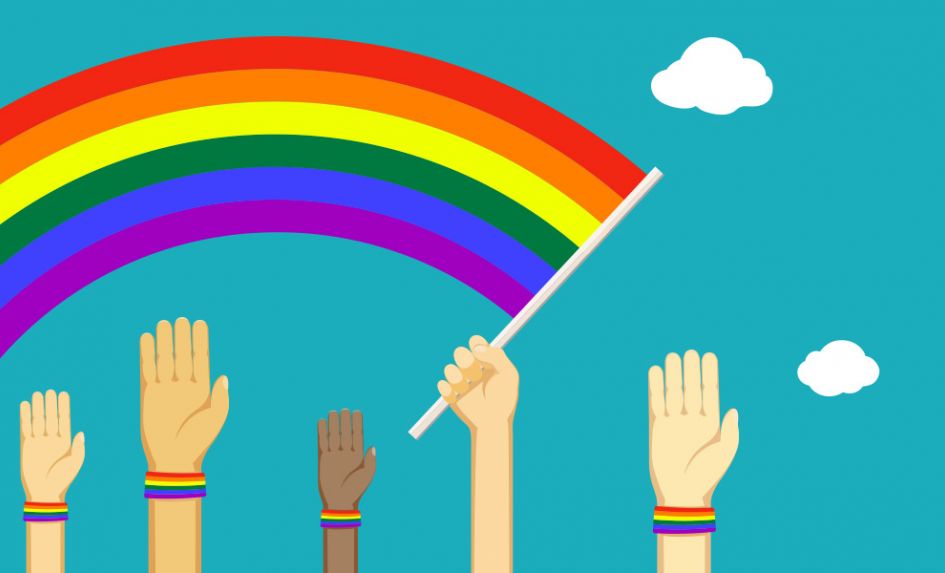Some students in our school systems fit into the school culture without any issue.
They’ll get through the school experience unscathed because they’re popular, gifted at sports or do well academically. They’ll enter school on a daily basis feeling engaged and safe, and when they’re older, will probably remember their school years as some of the best times of their lives.
Our lesbian, gay, bisexual and transgender student population will often have a different experience. They don’t always fit in, never see positive images that represent their lives and are often bullied simply for being themselves. These students’ formative memories will be of being called derogatory names, feeling unsafe in school and not feeling emotionally connected.
This year’s School Report by the LGBT advocacy group Stonewall (see tinyurl.com/sw-school-17) found that 45% of lesbian, gay, bi and trans pupils – including 64% of trans pupils – are bullied for being LGBT at school. 52% of LGBT pupils hear homophobic language ‘frequently’ or ‘often’ at school.
Emotional connection
As early as primary school we can recognise who some of these students will be, but we don’t always do enough about it. As educators, we can sometimes underestimate the role we play in the growth and development of our students. Worse, we might choose not to recognise it, so that we can feel better about the fact that these students aren’t fitting in: “Yeah, kids can be tough on one another”; “I just wish he’d act differently so he doesn’t make himself a target.”
What if we did things differently? What if we found ways to engage these students through the curriculum and our school safeguarding policies, or made them feel more welcome in school by providing a safe space? What if we displayed images on the walls they could identify with, so that they know we care about them?
A further detail in Stonewall’s School Report notes that “40% LGBT pupils are never taught anything about LGBT issues at school.” Students of any age need an emotional connection to school if they’re to be authentically engaged in the learning process. If LGBT students are never taught about LGBT topics, it can give rise to a ‘hidden curriculum’ consisting of topics otherwise ignored in school. Under this hidden curriculum, LGBT students may well learn that the adults in the school they attend each day don’t care about them as much as their heterosexual peers.
All means all
This isn’t about pushing a ‘gay agenda’ in schools. Schools are tasked with engaging students, which they do by providing an emotional connection. That emotional connection will be built up through images, an inclusive curriculum and school policies that don’t selectively protect students based on sexual orientation, but apply to everyone, enforced by headteachers that consistently follow through on those policies.
Many schools use the phrase ‘All means all’ to demonstrate their belief that all students can learn. Unfortunately, too many LGBT students have come to believe that this ‘all’ doesn’t include them.









